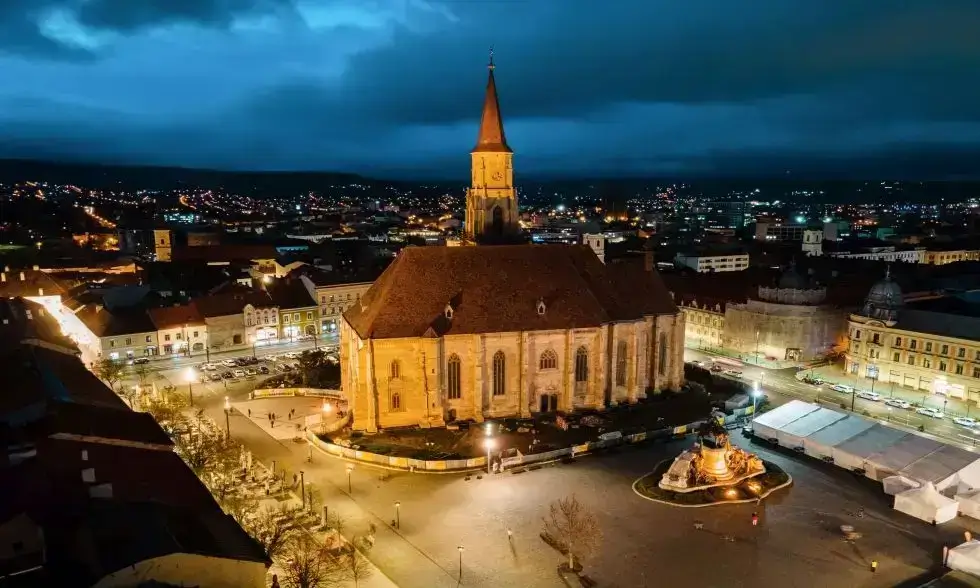Romanian motorway vignette and attractions
Bucharest
The easiest way to get to the capital of Romania is via the highway. This was also possible on A1, A2 and A3. All three roads enter here. While walking around the city, it is definitely worth visiting the Romanian Parliament. One of its interesting features is that it is listed among the 5 heaviest buildings in the world. Ceausescu also had his headquarters in this colossus of marble and steel. The Parliament is surrounded by monuments, beautifully maintained flower parks, and the Old Town is also built around it.
Tordai Sóbánya
One of the most visited cities in Romania is Cluj, from which you can visit the Tordai salt mine, 35 km away. This popular attraction can be accessed via several highways, including the 107, 103 and 150. This tourist attraction is a gift both to those who live here and to those who want to relax. The people who live here also attribute symbolic importance to it. Many people believe that the salt mine brings prosperity, health and pride to the city. In addition to the fact that a walk in the underground salt mine is extremely healthy, they even thought of the possibility of entertainment. From the Ferris wheel to the boating lake, there are all kinds of entertainment options. In addition, there are several salt water baths for those who want to heal.
Nagyvárad
Nagyvárad, which is also referred to as the capital of the arts, and more specifically of Art Nouveau, presents itself as a truly magnificent sight for visitors. Many palaces, castles, ornate Romanian gates can be visited, which await everyone with a special 20th-century atmosphere. These buildings are characterized by accentuated, spectacular shapes and soft waves.
Sibiu
The old Transylvanian center represents several styles: the Baroque itself and the Renaissance. They form a wonderful mix of buildings, old museums, restaurants and terraces. Those interested in culture and history are highly recommended to visit the Brukenthal Art Museum and the ASTRA open-air museum. In the latter place, there are a little more than 300 historic wooden houses, churches and workshops. Sibiu has three theaters and its own orchestra. Many beautiful parks, galleries and churches add color to the city.
Brasov
Brasov is one of the most important commercial centers in Romania, so it is no coincidence that it can be accessed via countless commercial routes. Towers reminiscent of old times and medieval gates await visitors. Many people call the city a sleeping city because of its old buildings, but it is constantly developing regardless. Brasov is still "protected" by centuries-old watchtowers. Between the towers, it is possible to see the baroque style buildings and cafes. While sightseeing, it is also worth visiting the defensive walls that were built in the 1500s to protect today's Romania. Parts of the protective wall that was built around Brasó in the Middle Ages can still be seen during sightseeing walks. However, its best-known landmark can be seen on the town's main square, the Gothic-style Black Church, which was built between 1385 and 1477.
The official Romanian motorway vignette can be purchased here in the shop.



 Deutsch (DE)
Deutsch (DE)
 Greek (GR)
Greek (GR)
 Italiano (IT)
Italiano (IT)
 Magyar (HU)
Magyar (HU)
 Polski (PL)
Polski (PL)
 Română (RO)
Română (RO)
 Slovensky (SK)
Slovensky (SK)
 Slovenščina (SL)
Slovenščina (SL)
 Türkçe (TR)
Türkçe (TR)
 Česká (CZ)
Česká (CZ)








